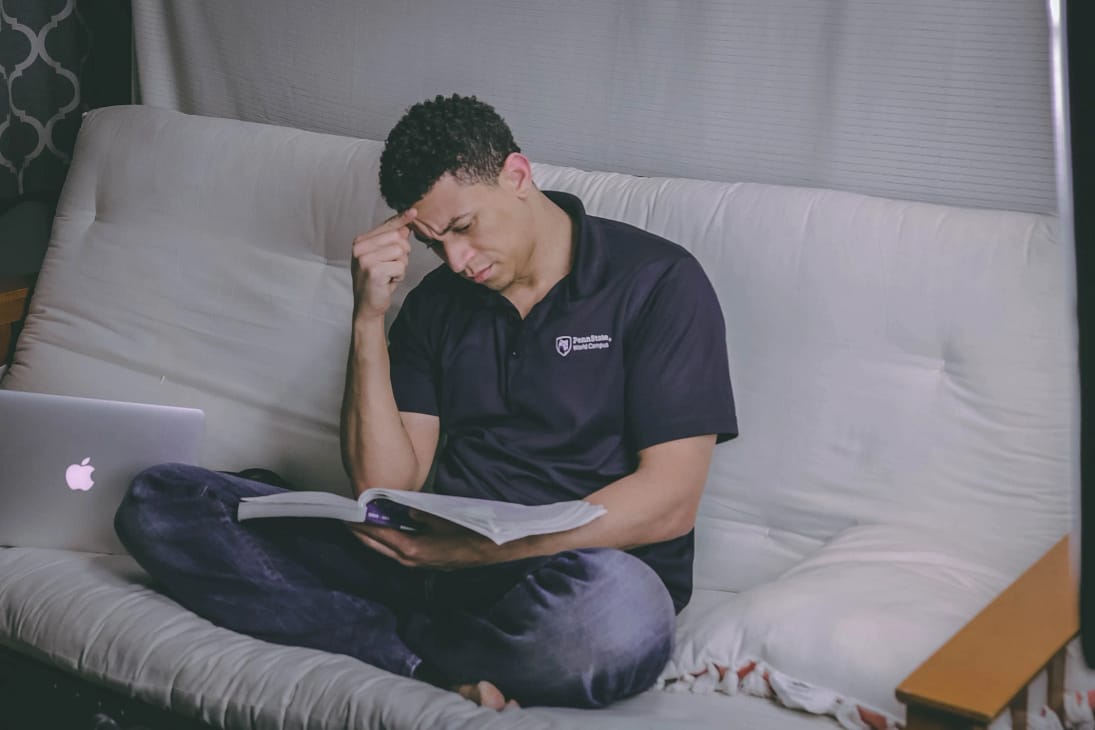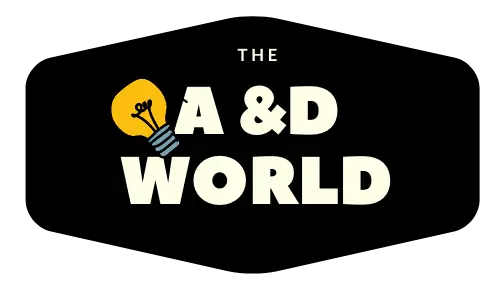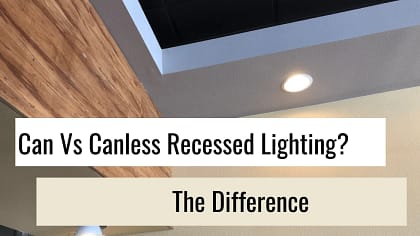Did you know color temperature can affect your concentration and mood? That’s why the best light color for reading and studying is cool white 3500K- 5000K.
In a South Korean study to investigate certain color temperature effects on elementary students’ creativity, they found students exposed to warm light often had scattered thought patterns leading to off-topic discussions or daydreaming.
This light temperature was labeled as good lighting for encouraging creativity and relaxation. The children also continued to show signs of concentration.
Compared to the daylight blue, they found that students were more alert and scored higher on their tests when they had this level of lighting; they call this the best for taking tests.
However, daylight color temperature is too hash for interior spaces so a lower color temperature like cool white is ideal for reading and studying.
The Best Colors For Studying And Reading
The color purple has the effect of bringing you peace and calm. This can be great when you’re trying to relax and read. Also, the color blue is labeled as the most productive color in the spectrum as it increases work motivation and concentration.
The color orange brings out creativity and serendipity by stimulating your creative process. Further, red is a splendid color to stimulate blood flow and get you on target, but it can increase your chances of becoming angry and frustrated.
To add more color to your office, or study area: you can buy light strips and stick them to the back of your computer. They look pretty from the front but not so much in the back. However, they can help you relax a bit and hit your creative zone.
The Best LED Bulb For Your Study Room
The Cree bulbs with recessed lighting above your desk are an excellent combination for studying and reading. They’re much more affordable than most bulbs like Phillips Hue, and you can find them at your local supermarket.
A table lamp can also add extra focused lighting like the BenQ e-Reading LED Desk Lamp. This lamp protects your eyes from glare and adjusts color temperature to cater to a variety of activities. It is expensive, but you are paying for quality and the Ben Q is the best in the market.

Is Yellow Or White Light Better For Studying?
We all know that lighting is a key component when creating the right study environment. It’s important to consider what type of light will help you best achieve your goals as a student. But, which is best for studying white or yellow light?
White light is commonly used in offices and schools because it is like natural daylight. The color of white light is neutral and helps people stay alert, focused, and energized throughout the day.
It promotes productivity but doesn’t alter moods or emotions. Because it mimics natural light, white light can create a glare on computer screens or bright objects. Choose another type of light for computer-based learning tasks to minimize eye strain and avoid headaches.
Similarly, yellow light is softer than white light, making it less likely to create glare from reflective surfaces. This makes yellow light great for reading and writing in low-light conditions with no additional lamps or fixtures.
Yellow light also creates an intimate setting that helps relax people while studying, making it ideal for focusing on difficult tasks or spending long hours at a desk.
Is Blue Light Good For Studying?
Blue light can cause eyestrain, headaches, and difficulty sleeping. It comes from many sources, including, computer screens, and LED lights.
Blue light can be good for studying because it helps to keep you awake and alert during the day. It can also help improve your mood. However, blue light can have negative effects on your sleep.
If you’re using a computer before bed, try using a program that blocks blue light from your screen. This will make it easier for your eyes to adjust to the darkness so that you can fall asleep more easily.
Which Light Is Good For Studying LED Or CFL?
LEDs are great for lighting up a table or desk, and their low wattage makes it easy to get the right amount of light without using too much power. CFLs are also good for table lamps, and they work great with dimmers.
LED lamps create light more efficiently than CFLs and produce more lumens per watt of electricity. A LED lamp might use 15 watts of electricity and produce 800 lumens; by contrast, a CFL might use 20 watts of electricity and produce 750 lumens. In addition, LEDs are available in a variety of color temperatures, and you can find them in most high-in reading lamps.
Therefore, LEDs are a better choice than CFLs when studying.
Is Red Light Good For Studying?
Red light is good for studying. It’s not just the color, but it has a wavelength of about 610-750 nanometers, which is close to the peak sensitivity of the human eye.
Red light doesn’t disrupt your circadian rhythms or sleep patterns, so you’ll be able to study for long periods without feeling tired.
Light at this wavelength doesn’t suppress melatonin production. Thus, it won’t mess with your body’s natural clock.
It also helps reduce glare from computer screens and other devices, so it’s easier on your eyes during extended periods of reading or writing.
We have used red light for centuries to treat various medical conditions such as depression, anxiety, and insomnia. It works by triggering serotonin production in your brain; this neurotransmitter helps regulate moods and sleep patterns.
To recap, ceiling lights with a cool light temperature help you focus on studying and are great for reading. Other colors like purple, red and orange increase productivity and aid in relaxation.





